You Will Need:
- One white Plate
- One eyedropper, pipette or straw.
- Water
- Food Colouring
- Rubbing alcohol/Methylated Spirits
- Adult Help.
- A well-ventilated room (or run it outside)
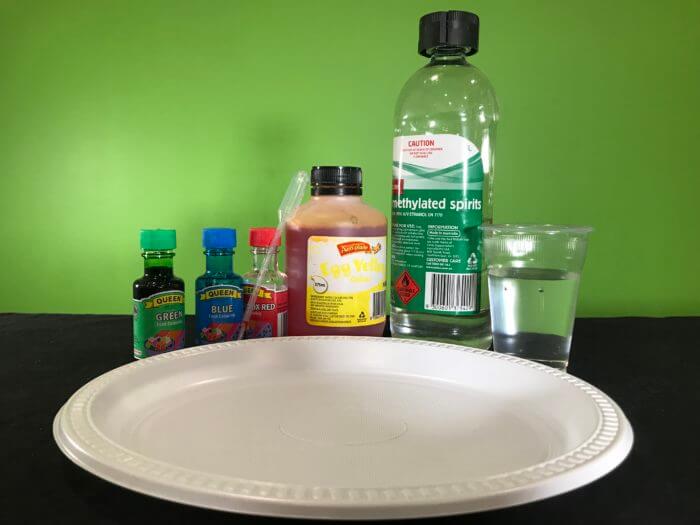
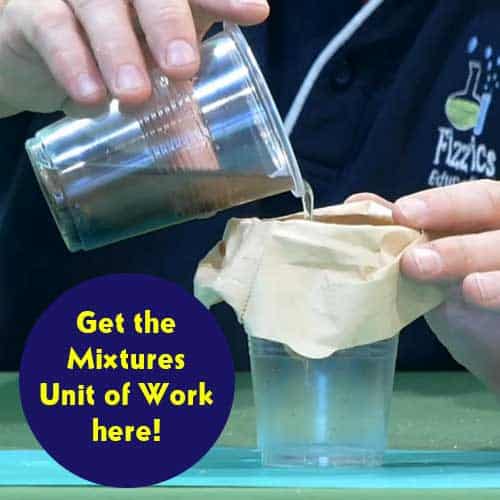
Get the Unit of Work on Mixtures here!
- How can we separate mixtures?
- What are the different techniques?
- From chromatography to magnetism, join us to explore the variety of ways we can separate mixtures!
Includes cross-curricular teaching ideas, student quizzes, a sample marking rubric, scope & sequences & more
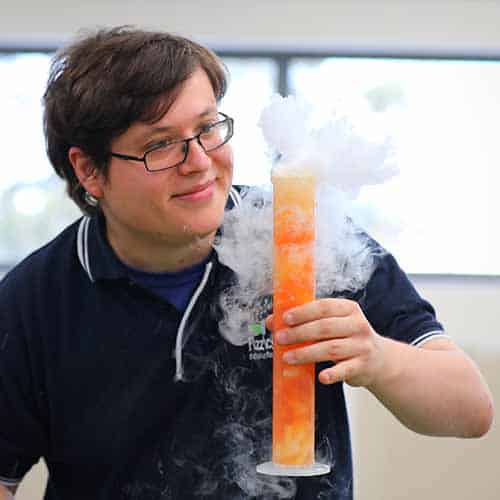
School science visits since 2004!
– Curriculum-linked & award-winning incursions.
– Over 40 primary & high school programs to choose from.
– Designed by experienced educators.
– Over 2 million students reached.
– Face to face incursions & online programs available.
– Early learning centre visits too!
Why Does This Happen?
All liquids have a property called surface tension.
Surface tension is like an invisible ‘skin’ that holds the liquid together. It turns out that the surface tension of water is much stronger than the surface tension of alcohol. The surface tension within the water is stronger, pulling the food colouring away from the alcohol and causing the swirling effect you see as the alcohol mixes through the water.
Surface tension is caused by cohesive forces between the molecules that make up the substance. The molecules right at the edge of liquid are pulled more strongly into the liquid than into the surrounding air. You see this whenever water is ‘beading’ on a smooth surface, with the water minimising it’s surface area to the surrounding air.
Variables to test
- What happens if you fill the plate with methylated spirits and then add the food colours?
- Try adding detergent to the water instead. What happens?
- Chill the methylated spirits first. Does this make a difference?
From colour changes to slimy science, we’ve got your kitchen chemistry covered!
Get in touch with FizzicsEd to find out how we can work with your class.
Chemistry Show
Years 3 to 6
Maximum 60 students
Science Show (NSW & VIC)
60 minutes
Online Class Available
STEM Full Day Accelerator - Primary
Designed from real classroom experiences, this modular day helps you create consistently effective science learning that directly address the new curriculum with easily accessible and cost-effective materials.
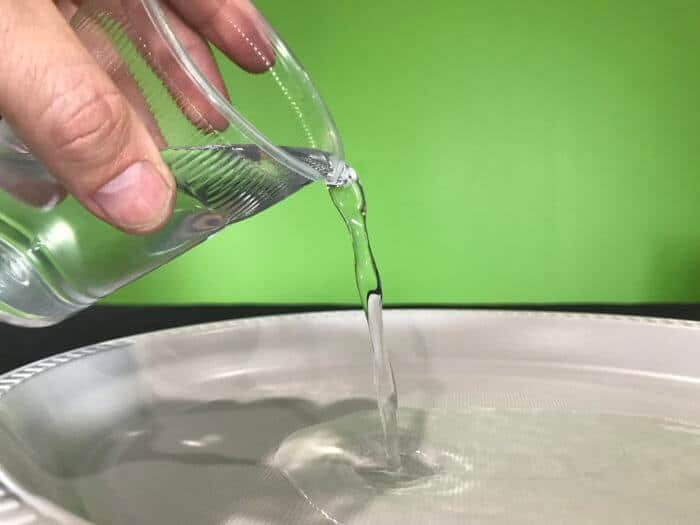
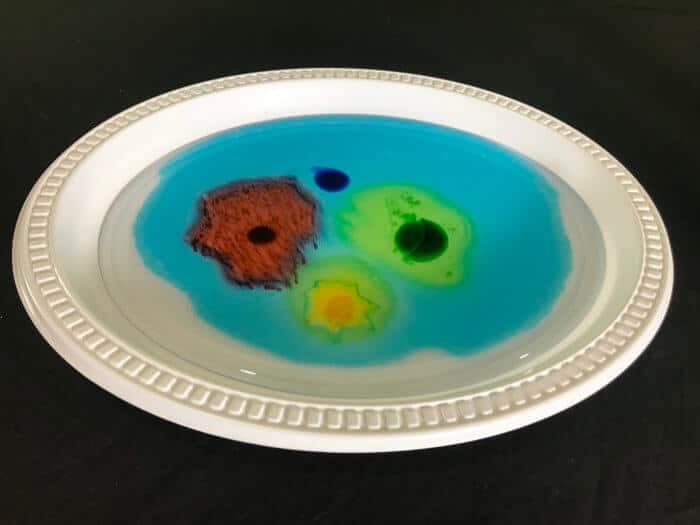
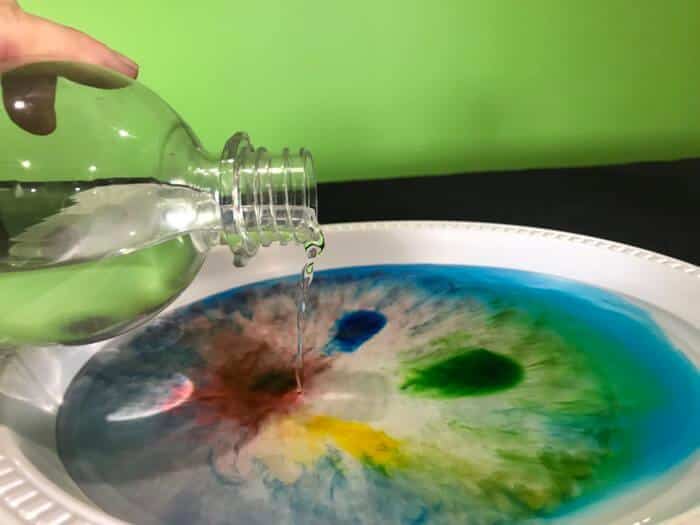
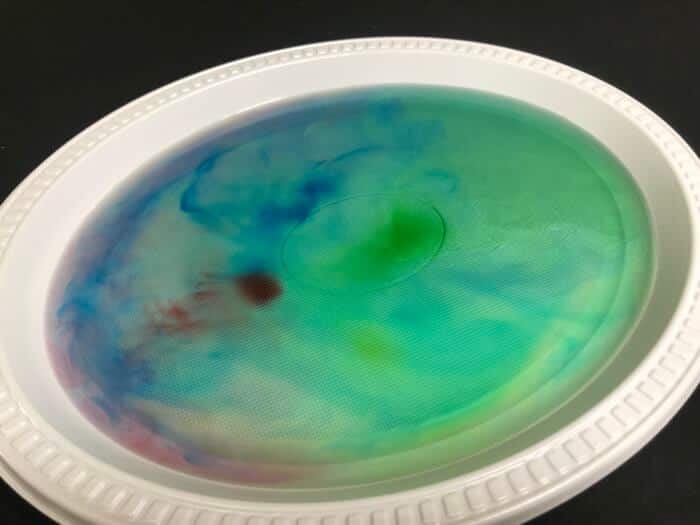


























Comments